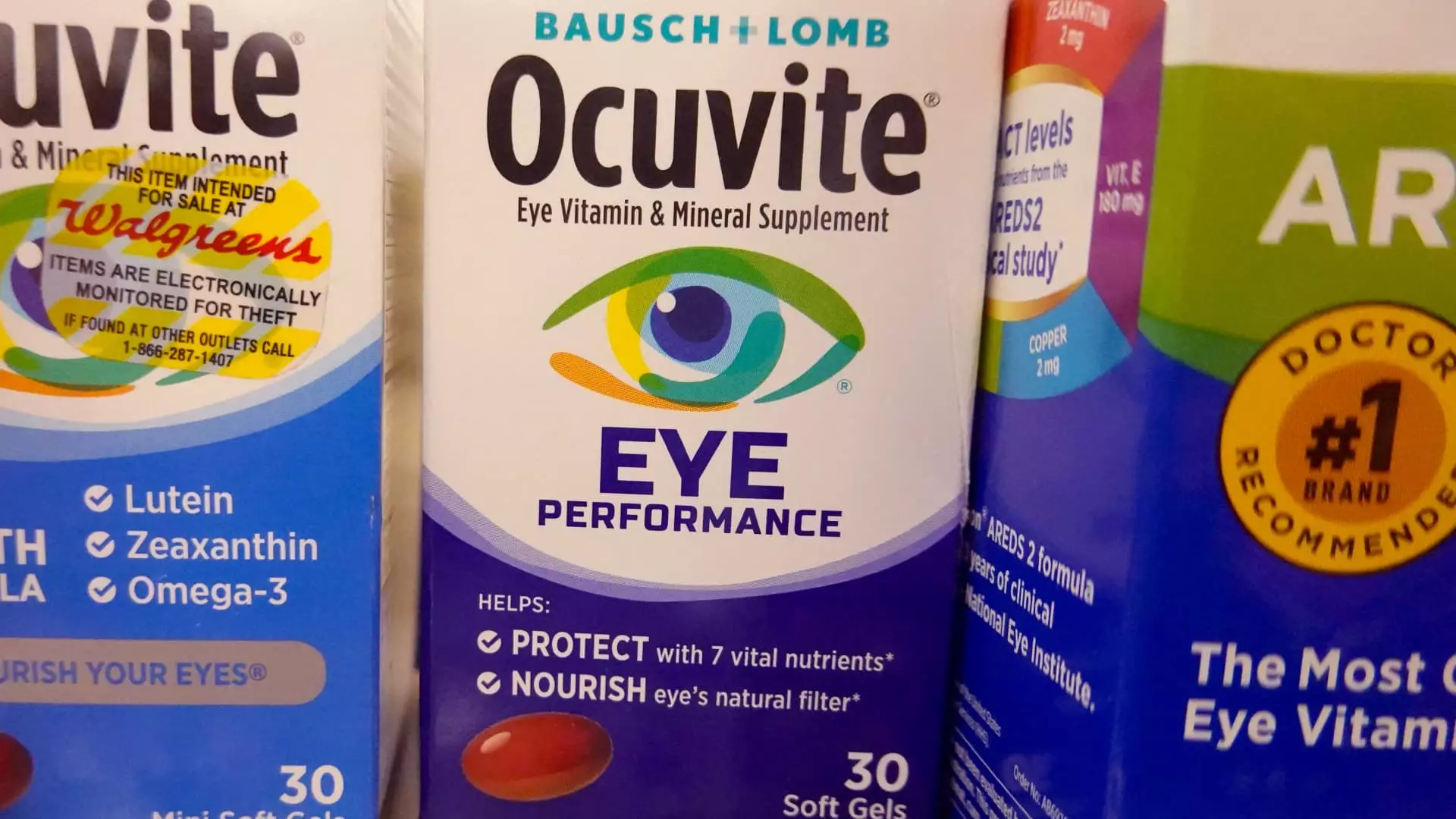Bausch Health, previously recognized as Valeant Pharmaceuticals, stands as a notable entity within the global pharmaceutical landscape, focusing on specialty healthcare solutions based in Canada. This article delves into the intricacies surrounding Bausch Health’s operations, recent developments, strategic initiatives, and market prospects, while also analyzing the broader implications of its corporate dynamics.
Bausch Health operates across a diverse array of therapeutic domains such as dermatology, gastroenterology, neurology, and ophthalmology. Its operations are segmented into five pivotal units: Bausch + Lomb, Salix Pharmaceuticals, International Rx, Solta Medical, and Diversified Products. Each segment plays a crucial role in contributing to the company’s overarching goal of improving patient care while generating substantial revenue streams. The prominence of Bausch + Lomb, especially in eye care, underscores Bausch Health’s market position, enabling the company to leverage its strong brand reputation and product portfolio.
The strategic segmentation allows Bausch Health to navigate the complex pharmaceutical landscape while facilitating targeted marketing and distribution strategies tailored to each therapeutic area. However, the need for ongoing innovation and adaptability in response to competition and regulatory changes remains paramount.
The influence of activist investors on corporate governance cannot be understated, and Bausch Health is no exception. In early 2021, prominent investor Carl Icahn filed a 13D form with the U.S. Securities and Exchange Commission, indicating his intentions to engage in dialogue with the company’s management and board. This highlighted a drive for enhancing shareholder value, prompting immediate revisions in corporate governance, including an expansion of the board and the appointment of Icahn’s portfolio managers.
This engagement is particularly critical given the complex financial backdrop Bausch Health faces. With substantial debt lingering on its balance sheet—approximately $20.4 billion—the investor push for operational restructuring signals a potential shift towards greater shareholder returns, while also aiming to mitigate financial stress. The subsequent board changes reflect a strategic move towards incorporating diverse perspectives essential for navigating the company through its multifaceted challenges.
The spin-off of Bausch + Lomb as a separate publicly traded entity in May 2022 marked a transformational moment for Bausch Health. Retaining an 88% stake in Bausch + Lomb allows the parent company to reap substantial benefits while offloading certain operational pressures that accompany running a large, integrated entity. This transition appears beneficial, enabling both companies to focus on their respective markets and strategic goals.
However, challenges persist in terms of integrating operations and navigating market dynamics effectively. The recent decision by Bausch + Lomb to explore potential sale opportunities with Goldman Sachs illustrates a proactive approach to uncovering value amidst financial constraints. Analysts suggest that divesting from its concentrated ownership structure could unlock higher valuations, reflecting optimism in the longer-term prospects of both entities.
Valuation analytics offer insight into the financial health and market performance of Bausch Health and its divisions. Notably, the enterprise value of Bausch + Lomb has been estimated at approximately $10 billion, though current market conditions place it under strain due to Bausch Health’s debt and operational constraints. Utilizing peer valuations reveals that Bausch + Lomb could command a significantly higher equity value, approximately $14 billion, when isolated from the burdens of consolidated debt.
The Salix Pharmaceuticals division also warrants scrutiny, particularly with its dependence on the Xifaxan drug—an asset nearing the expiration of its patent in early 2028. The looming patent deadline represents not just a financial risk but also a strategic challenge for Bausch Health’s revenue sustainability. Nonetheless, conservative estimations suggest that even without parameters for post-patent sales, the present value of Salix could still be considerable when factoring in projected revenue growth until patent expiration.
In considering the other business segments, derived valuations based on peer comparisons reflect a nuanced market perspective. The International Rx and Diversified Products divisions can leverage their operational strengths but must contend with varied market perceptions that may affect their multiple valuations.
As Bausch Health navigates financial complexities intensified by substantial debt and evolving market conditions, the company’s strategic focus on operational efficiency and maximizing shareholder value becomes crucial. The presence of activist investors and the recent corporate restructuring mark a decisive shift aimed at securing a more resilient future.
The potential outcomes from proposed sales, spin-offs, and operational optimizations will delineate the forthcoming trajectory of Bausch Health. While challenges abound, an astute approach toward maximizing the latent value within its business units may well position Bausch Health as a formidable player in the pharmaceutical arena, capable of delivering sustained growth and shareholder returns. Only time will tell what decisions will be made, but the dynamics at play suggest a company on the cusp of transformative change.

